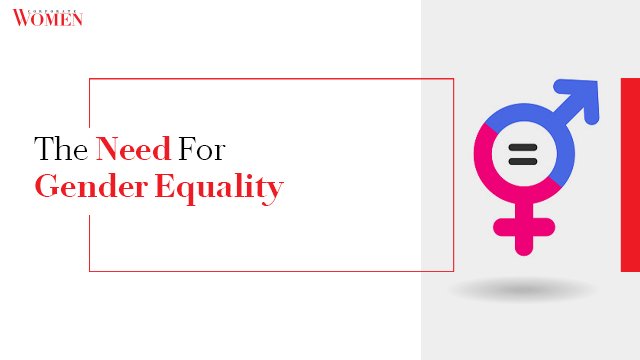Amplify Your Leadership Voice Worldwide
Join 7,000+ industry leaders sharing insights with millions of professionals globally
Join 7,000+ industry leaders sharing insights with millions of professionals globally

There is no denying that we still have a long way to go when it comes to gender equality. We see it in the wage disparity between men and women, the lack of women in leadership positions, and the underrepresentation of women of colour and other marginalised groups.
The good news is that there is a growing awareness of these issues and a desire to do something about them. We are starting to see more and more companies taking steps to promote gender equality in the workplace.
So how do we promote gender equality? Read on to find out!
Gender equality aims to ensure that everyone has the same rights, opportunities, and responsibilities regardless of gender. It includes ensuring everyone has the same access to education, healthcare, work, and other fundamental rights and privileges. Gender equality is also about opening up opportunities for everyone, regardless of their gender, to participate fully in economic, social, and political life.
Gender equality is not only a human rights issue, but it is also essential for economic development. Everyone can benefit when women and men have the same opportunities to education, work, and participate in decision-making. Gender equality also creates more stable and fair societies, which are more likely to prosper.
Making progress towards gender equality requires action from everyone: men, women, girls, boys, government, businesses, and civil society.
Gender equality is not only a fundamental human right but a necessary foundation for a peaceful, prosperous and sustainable world.
Despite significant progress over the last few decades, women and girls continue to suffer from discrimination and violence in all parts of the world. They are paid less than men for doing the same job, less likely to be promoted to leadership positions, and more likely to be subjected to physical, sexual, and emotional abuse. This must change.
When women and girls are treated unfairly, it not only harms them – it also hurts families, communities, and economies.
Despite the progress that has been made in recent years, gender inequality is still a very real problem in our world. This is not only unjust and unfair, but it can also lead to a number of negative consequences for both men and women.
For example, gender inequality can lead to a lack of opportunity for women. This can result in fewer women in leadership positions, leading to even more inequality. Additionally, gender inequality can also lead to an increased likelihood of violence against women. This is because women are often seen as being weaker and more vulnerable than men, which can make them seen as easy targets.
Gender inequality is a serious problem that needs to be addressed. We need to work towards a world where everyone is given the same opportunities, regardless of their gender. Only then can we hope to achieve true equality.
Achieving gender equality is not only a moral imperative but also beneficial for businesses and economies. When women are able to participate fully in the workforce, businesses can tap into a larger pool of talent and skills. This, in turn, leads to increased productivity and innovation. Additionally, businesses that promote gender equality are more likely to attract and retain top talent.
From an economic perspective, gender equality is also beneficial. When women can participate fully in the workforce and earn incomes, they can spend more on goods and services, which boosts the economy. Additionally, gender equality can help reduce poverty and inequality, both of which are significant challenges facing the world today.
There are many reasons to strive for gender equality, both from a moral and economic perspective. Businesses and economies that promote gender equality are likely to be more successful.
Gender equality is a goal that we should all strive for. Unfortunately, in many parts of the world, women are still not treated as equals to men. This needs to change if we are to create a more just and equal world.
There are many ways we can promote gender equality. For example, we can support women-owned businesses, campaign for better laws and policies that protect women’s rights, and work to end sexism and discrimination in all forms. We can also educate boys and girls about gender equality from a young age.
By taking these steps, we can move closer to achieving gender equality and creating a world that is fairer for everyone.
There are many ways to promote gender equality. Some ways include subscribing to news sources that discuss gender equality, following organisations that work for gender equality on social media, and donating to these organisations. Another way to promote gender equality is to have discussions about it with others. Talking about gender equality can also help raise awareness and encourage change.
Join industry leaders who have shared their insights with millions of professionals globally.
Copyright © 2025 The Corporate Women. All Rights Reserved.